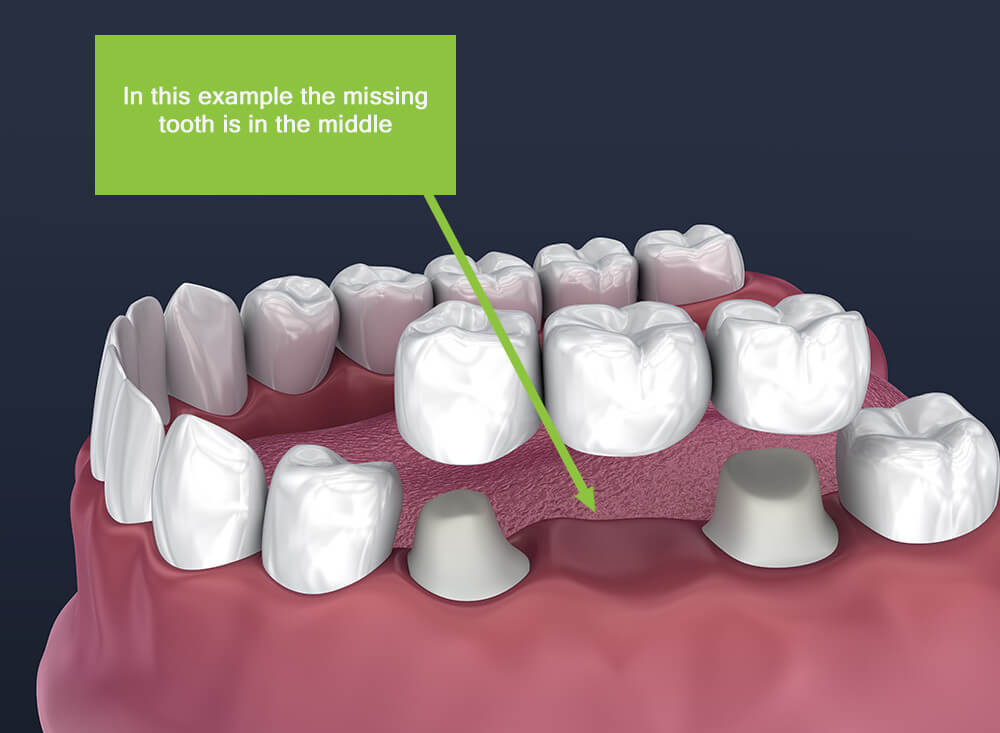Crowns & Bridgework are two most popular cosmetic dental procedures that can help you in numerous situations, especially for treating damaged, chipped, decayed, or unattractive teeth. Unlike dental veneers that only cover the tooth’s front surface, crowns completely cover the teeth above the gums. Therefore, a crown would be preferred if a tooth is missing a considerable amount of structure above the gum line. They are also used for creating a natural replacement for a missing tooth. This is achieved using Bridgework that spans the area of the missing tooth and needs three crowns, at least. Both crowns & bridges are fixed artificial dental devices that are secured onto implants or existing teeth and can only be removed by a dentist.
How Dental Crowns Work?
A crown or a cap is used to cover a damaged tooth completely. Apart from improving the appearance of the decayed tooth, a crown can also strengthen the damaged tooth, while providing shape and alignment. Moreover, it can be placed on top of an implant or provide a natural tooth-like structure and shape for function. They can be made from different materials with ceramic or porcelain crowns being the most popular since they can be matched to the natural texture and color of the teeth. There are crowns made from metal alloys, acrylic, and gold, as well. Crowns made of these materials are generally stronger than porcelain or ceramic; hence, they are recommended for back teeth.
In most cases, a porcelain crown bonded to a metal shell is used since it looks both attractive and strong.
You are advised to use a crown if:
- You want to cover a tooth that has had root canal treatment
- You want to shield a disfigured or discolored tooth
- You want to cover a dental implant
- You want to attach a bridge
- You want to restore a fractured tooth
- You want to protect a tooth from fracturing
- You want to substitute a large filling when there isn’t adequate tooth remaining
How do Bridges work?
If you are missing one or more teeth, your dentist may recommend a bridgework. This is especially beneficial in filling the gaps caused by the adjacent teeth, which can shift or rotate into empty spaces, causing a bad bite. The gaps formed by missing teeth may also lead to TMD/TMJ (temporomandibular joint disorders) and gum disease. Bridges span the area where the teeth are missing. They are fixed to the implants adjacent the empty space or to the natural teeth. The adjacent teeth act as anchors for the bridge. While bridges can be of the same materials as that of the crown, you have a choice of materials to choose from.
How Long can Bridges and Crowns Last?
Although bridges and crowns are designed to last a lifetime, they do sometimes fall out or come loose. In order to ensure the longevity of your crowns & bridges is to follow good oral hygiene as recommended by your dentist. Any dental disease can cause harm to the bone, which can lead to the bridge losing its support. Flossing and brushing twice a day is recommended.



